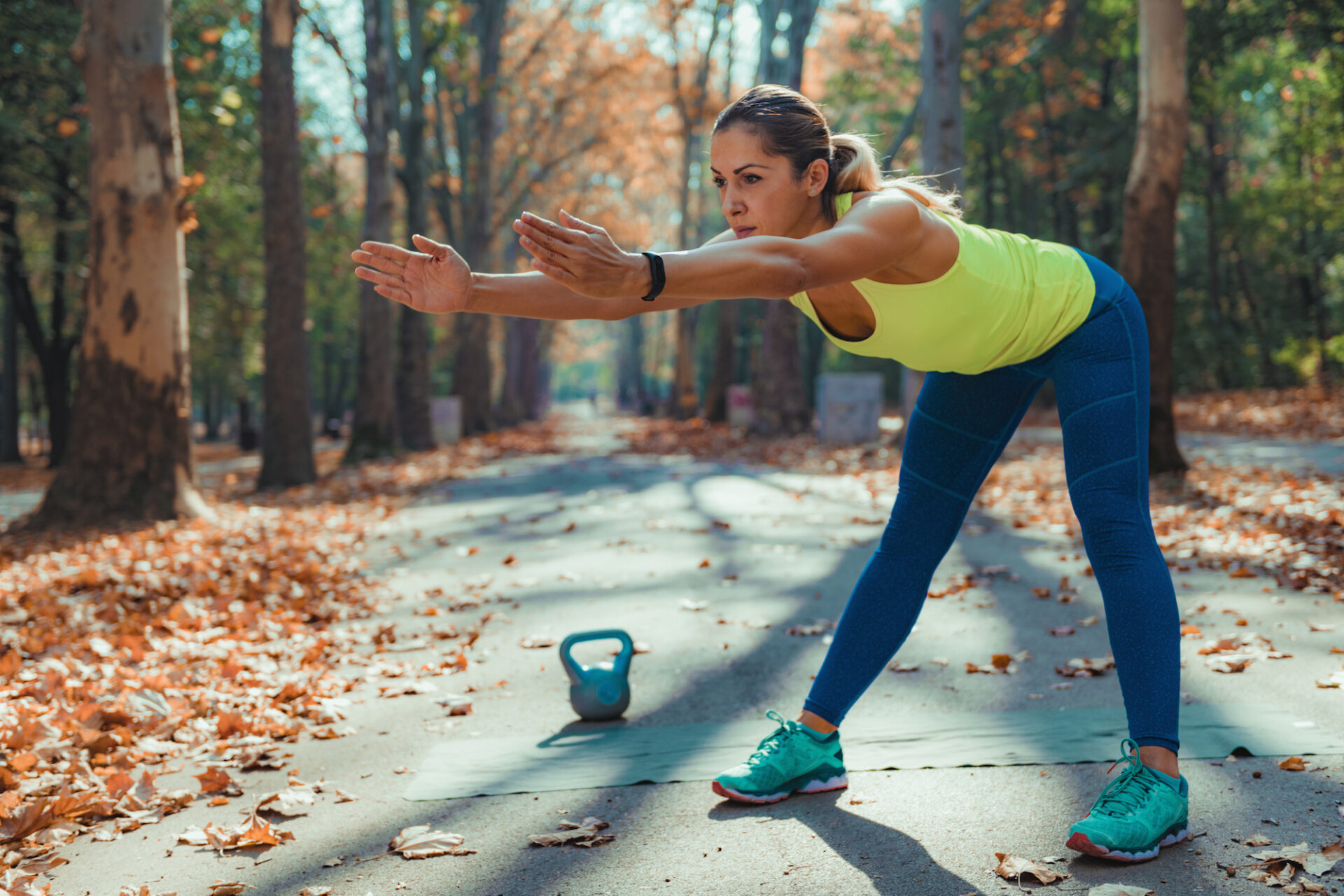
Stretching, where do I even get started!
Blog content provided from the legendary team at Northern Inland Academy of Sport
Did you know that regular stretching has many benefits? Besides creating more flexibility, stretching can reduce muscle tension, reduce the risk of injury and increase your range of motion. Stretching is also beneficial to incorporate into your daily routine, especially if you sit behind a desk all day.
Different types of stretching
- Dynamic stretches are functional movements where the muscles complete a range of motions. This includes movements such as swinging a leg back and forth, walking and lunging, walking and bringing knees up to the chest, or power skipping.
- Static stretches on the other hand are completed with minimal to no movement. This includes exercises such as hamstring stretches, calf stretches, standing quad stretches, shoulder stretches, and the list goes on.
When to use these types of stretches is often a debated topic with many people arguing you should stretch before exercising to loosen up your muscles, others suggesting you should do it at the end of the session to aid recovery, and some are certain is should be done before and after.
Both types of stretches have their own benefits and should be used at different times to achieve different goals. Dynamic stretches are great to use when warming up muscles before completing physical activity. Static stretches are more beneficial to use post-activity and aid in reducing the risk of injury. Stretching isn’t just beneficial around your exercising regime though; certain stretches such as the positions used in yoga can also contribute to mindfulness.
However, you should be aware of the proper techniques, otherwise, you could end up doing more harm than good.
There are a few key things to remember when incorporating stretches into your everyday life.
- Firstly, stretches should never be painful. Ever. You can stretch until you feel tension, but if it is causing you pain, you are overstretching and can damage your muscles.
- Secondly, stretching shouldn’t be rushed. You should be able to hold a static stretch for 10-30 seconds before resting and repeating or moving on to the next stretch. The length you hold a stretch for will depend on the intensity of the stretch, as well as your level of flexibility and range of motion.
You can increase your range of motion over time, but it may take weeks or months of consistent stretching for this to occur. This is why it is important to stretch consistently, and not just sporadically. Increasing your range of motion will make you more flexible, but it can also enhance your performance in other exercises. This is a result of increasing the range of motion of certain muscles, enabling you to use and control additional muscles that you may not have realised you weren’t even using fully.
Remember, whilst it is beneficial to incorporate stretching into your everyday life, you should be using the correct techniques to avoid injury. If you’re looking for a little bit of inspo, check out this video.
To learn more about fitness and wellbeing on or off-season, as well as connect with like minded people, visit the Wellness Hub.
Be sure to keep up to date with the awesome NIAS athletes here.


